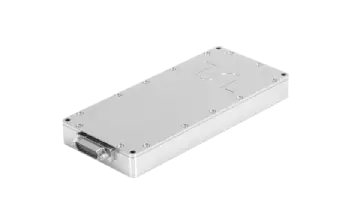Data Link The main tasks of the ( Data Link) layer are listed below:
one. Frame Creation (Frame Encapsulation): The Data Link layer packs data from the network layer into frames. These frameworks are the basic communication units that enable data to be transmitted over the physical environment.
2nd. Addressing (Addressing): Each data frame contains the physical addresses of the sender and receiving devices. These addresses help direct the frame to the correct destination. For example, Ethernet frames contain MAC (Media Access Control) addresses.
- Error Control (Error Detection and Correction): The Data Link layer uses error control techniques to detect whether the transmitted frames are faulty and to correct errors when necessary. This ensures that data is transmitted reliably.
- Flow Control (Flow Control): Regulates the transmission speeds of devices on the network and controls the data flow. This ensures that a fast-sending device does not block a slow device or overload the network.
- Coating (Collision Detection/Handling): In some network types, especially in widely used networks such as Ethernet, it detects conflicts (collision) and manages how to handle them. Conflicts occur when multiple devices try to send data at the same time.
These tasks form the basic functions of the Data Link layer and are critical for regulating, securing and routing data transmission. The way the layer works may vary depending on the network protocol used ( for example, Ethernet, Wi-Fi) and hardware configuration.



